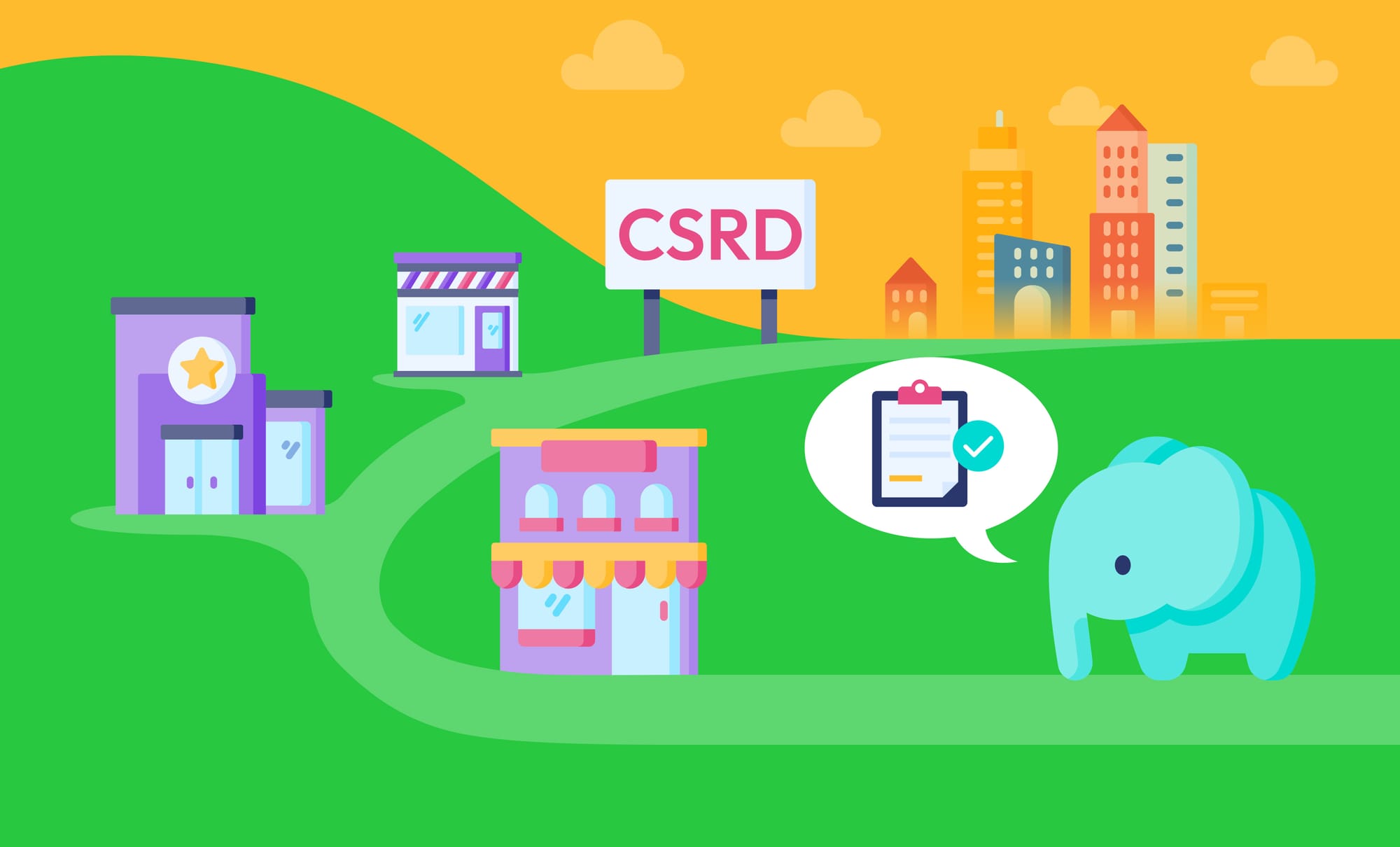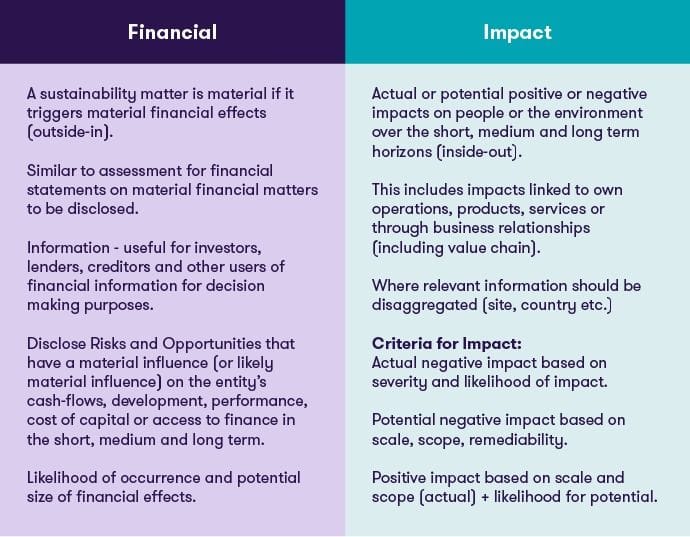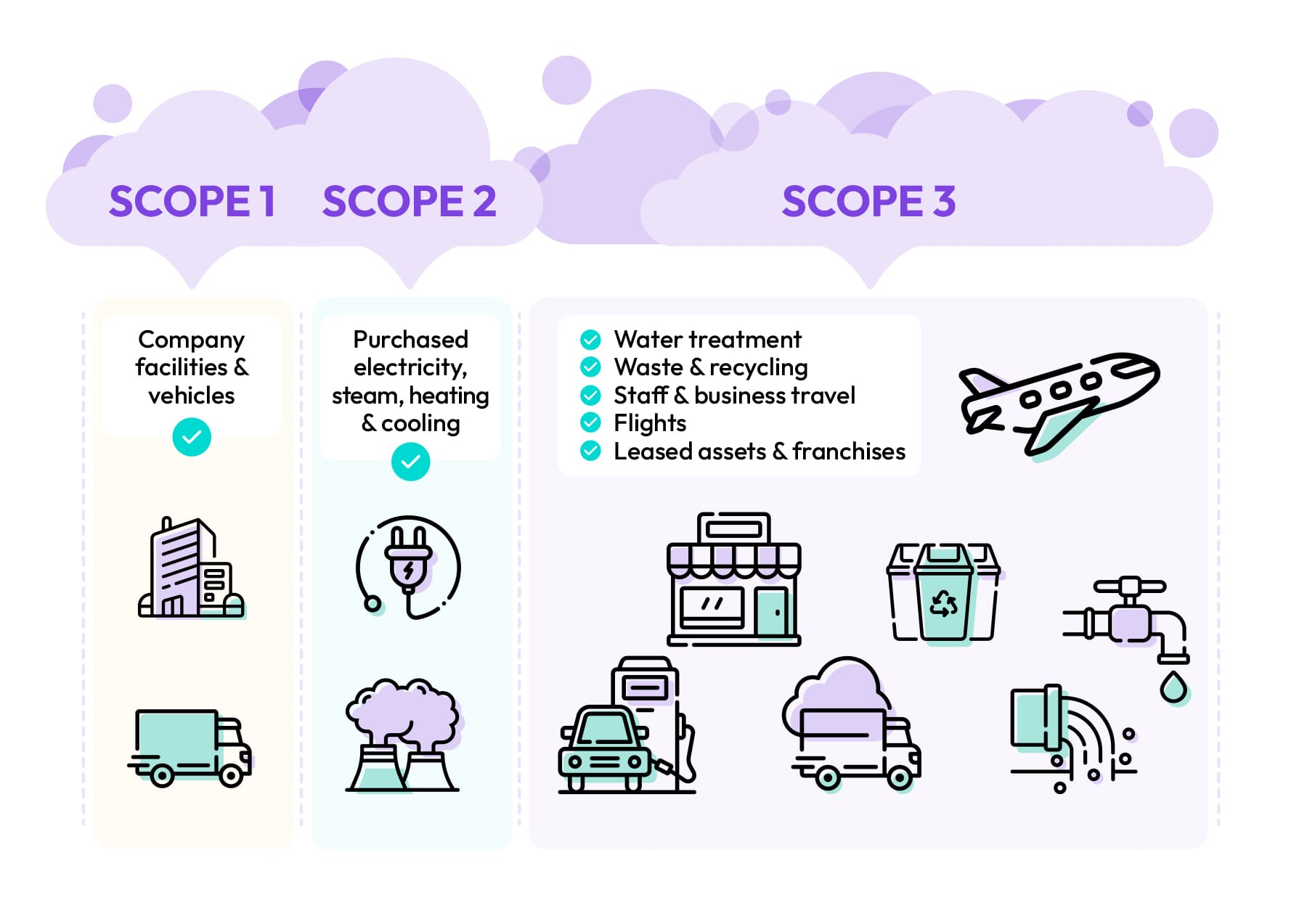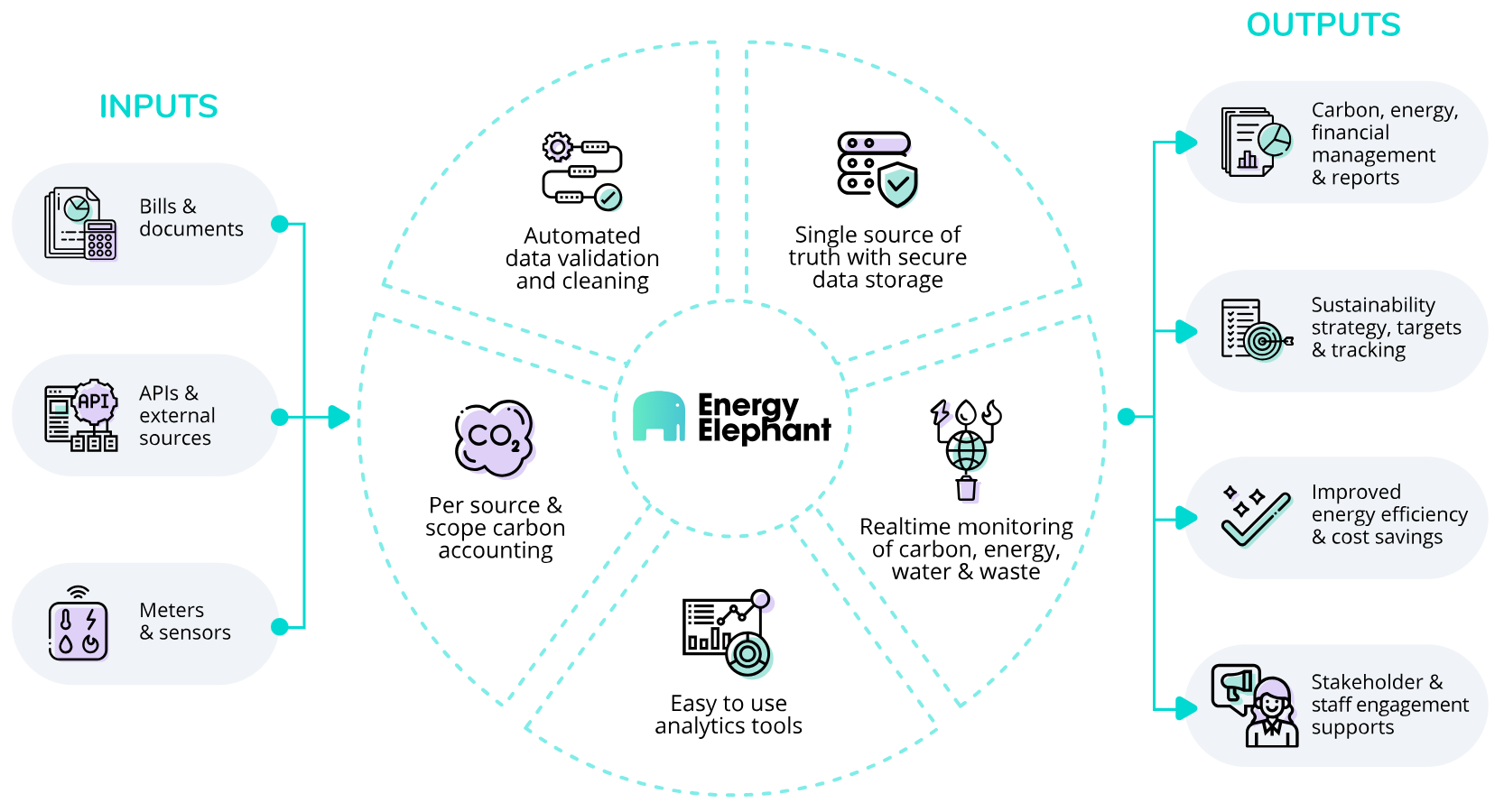Harnessing the Power of Sustainability Software to Simplify CSRD Reporting
As the first wave of companies prepare to file under the new Corporate Sustainability Reporting Directive (CSRD), they’re waking up to the realisation that spreadsheets, data lakes, and legacy systems can’t cut the mustard. Here’s how a fit-for-purpose sustainability management system can help.

The Corporate Sustainability Reporting Directive (CSRD), which was recently signed into national law across all EU Member States, replaces the Non-Financial Reporting Directive (NFRD). It expands the scope of mandatory sustainability reporting to include around 50,000 companies, with the first wave preparing to report for the financial year 2024.
The European Sustainability Reporting Standards (ESRS) specify the content and presentation of the information that companies must report under the CSRD. ESRS covers environmental, social, and governance (ESG) issues, such as climate change, biodiversity, human rights, and business conduct.
What is the objective of the CSRD?
High-quality corporate sustainability reporting is critical to address greenwashing and support the transition towards a sustainable economy. The CSRD aims to increase transparency and comparability of sustainability information for all stakeholders.
Significant changes from the NFRD
The first significant change from the NFRD is a new requirement for independent audits, to ensure any sustainability claims are backed by data that has been subject to external verification.
The second significant change is that large companies and listed SMEs are now required to assess not only their own operations, but also the impacts and risks throughout their entire value chain, including both upstream and downstream activities.
The Double Materiality Assessment (DMA) has been introduced for companies to identify:
a) Impact Materiality: How the company impacts the environment & society (outward impact)
This perspective considers how the company's operations, products, or services affect the environment, society, and stakeholders. It's about understanding the company's footprint on the world.
b) Financial Materiality: How environmental & social issues might impact the company (inward impact)
This perspective considers the company's ability to create value in the short, medium, and long term. It's about understanding how sustainability issues might affect the business's financial performance, operational efficiency, and overall value proposition.

Mandatory disclosure of GHG emissions
The CSRD requires comprehensive environmental impact reporting, including greenhouse gas emissions in line with the Greenhouse Gas Protocol.
Reporting on Scope 1 (direct emissions) and Scope 2 (indirect emissions from purchased energy) is mandatory in the first year of carbon accounting under the CSRD. Reporting on Scope 3 (indirect emissions within the value chain) is mandatory from the second year.
Although Scope 3 emissions are often the most significant source of greenhouse gases - usually accounting for up to 90% of a company’s total carbon footprint - they are the most difficult to measure, as they are outside the company's direct sphere of influence and there is often a lack of data and standardised methodology. Calculating and reducing Scope 3 emissions requires comprehensive data analysis and co-operation with suppliers and partners, including SMEs.

SMEs in supply chains of large companies are indirectly affected by the CSRD
While the CSRD primarily targets large companies and listed SMEs, its implications also extend to thousands of other small and medium-sized enterprises that serve as suppliers to these larger companies. It’s important to note that SMEs represent 99% of all businesses in the EU.
Consequently, many SMEs may find themselves having to provide sustainability-related data and information to the larger companies they do business with. While large companies and listed SMEs may need to set higher sustainability standards for their suppliers in order to manage risks and ensure compliance with the CSRD.
Biggest concern cited by companies is data availability & quality
PwC’s inaugural 2024 Global CSRD Survey of more than 500 senior executives and business professionals - including finance, sustainability, and risk leaders, at companies headquartered in 38 countries and territories - indicates that 75% plan to report at a consolidated group level.
A wide range of business benefits are expected to flow from CSRD, including better environmental performance, improved engagement with stakeholders, better risk mitigation, revenue growth, and cost savings.
However, the single biggest concern cited by companies preparing to file under the directive, including those headquartered outside the EU, is availability and quality of data (59%).
Assurance partner with PwC Ireland, Fidelma Boyce, says that “the breadth and depth of reporting presents a massive challenge as teams work to collect, verify and consolidate many new types of data - not only for their own operations, but across their value chain.” This includes data from suppliers, partners, regulators, investors, bankers, and many other stakeholders.
The problem with spreadsheets, data lakes, & legacy systems
The survey showed that spreadsheets are still the most commonly used tool (74%), compared with 26% using centralised sustainability data storage (e.g. a data lake), and 20% using AI. Less than 60% of organisations are using specialist tools or technology, although most say they plan to do so.
Unfortunately, the reality is that spreadsheets can create data silos, poorly-managed data lakes can turn into data swamps, and many legacy systems contain a hodgepodge of software patches, workarounds, and poor design which make it difficult to extract any meaningful business value from the data.
A data collection strategy is needed to ensure the correct data is collected by the right people, from the right sources, at the right time, and is substantiable. Any system you implement should connect to other systems where data already exists, but also allow for file upload and manual data entry.
Potential solution: EnergyElephant

EnergyElephant is not just another energy management system, but a powerful sustainability management platform that uses automation, AI, and analysis technologies to create, store, organise, analyse, report, and act on all of your energy and carbon data in one central, searchable, and secure location. We help you save time, reduce costs, meet compliance, and improve sustainability through optimisations in systems, processes, behaviours, and insights.
Remember, the purpose of your CSRD journey is not just to tick boxes; it's an opportunity to create value in your business. When you can generate quantitative insights from your data at the click of a button, it leaves more time for value creation.
How the software works
Data is automatically imported from the web portals of your utility suppliers/metering systems, instantly analysed, and presented in easy-to-understand dashboards which act as a mission control for you to dive into your data quickly.
Our platform’s proprietary real-time bill validation engine supports bills from multiple countries, in multiple currencies, making it ideal for larger companies with geographically distributed operations, as well as smaller SMEs and organisations.
We use numerous methodologies to try and provide the most scientifically accurate ways for you to monitor and report on your carbon and GHG emissions for Scope 1, Scope 2, and those notoriously difficult-to-calculate Scope 3 emissions.
Free transition support to move over from an existing legacy system
The system allows you to set benchmarks and create your own tracking baselines based on historical organisational data. You can add as much historical data to your account as needed (within reason). We can also provide free transition support to help move your organisation from an existing legacy system over to EnergyElephant quickly and seamlessly with our expert customer support team.
Identify opportunities for sustainability improvement projects & improved ROI
We can identify and inspire project opportunities to improve sustainability with measurable results. The system shows which projects can be prioritised in terms of effectiveness and return-on-investment (ROI), and then tracks the current status of projects considered, completed, or rejected. Decentralising ownership of sustainability improvement projects across various business units promotes a culture of shared responsibility, which can proactively drive better energy and sustainability management practices across your entire organisation.
Single access point for audits, & support for numerous reporting frameworks, including CSRD & Greenhouse Gas Protocol
Our system provides a single access point for audits, and is designed to ensure your information is documented and reported in accordance with a wide range of protocols, initiatives, and frameworks, including: B Corp, CDP, CSRD, Energy Star, ERIC, GRESB, Greenhouse Gas Protocol, ISO 14001, ISO 50001, SBTi, SECR, and more.

If you'd like to test drive our platform, sign up for a free 14-day trial. Or let us know what challenges you are looking to solve, and our team will be in touch to see how we can best help.
